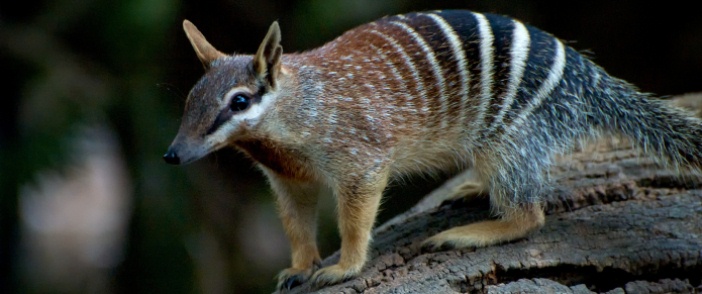The Invasive Species Council is an advocacy organisation focused on strengthening protection for Australian biodiversity from harmful introduced species. We also think animal welfare is important – for both introduced and native species – because of an ethical imperative to try to avoid inflicting harm on sentient animals and because it is important for maintaining the ‘social licence’ of conservation managers to manage invasive animals. However, there is inevitably some conflict between nature conservation and animal welfare, because of the necessity to kill invasive animals to protect rare native animals.
Conflict is particularly evident with the use of 1080, which is likely to cause suffering. However, in the absence of effective alternative methods of large-scale control, and taking into account the animal suffering caused by invasive species, the use of 1080 is overall likely to reduce animal suffering as well as prevent biodiversity loss. We recommend research to develop more-humane and effective ways of controlling harmful introduced animals and the design of control programs that in the long-term minimise the overall extent of killing of introduced animals. Animal welfare laws could play a role by requiring the use of best-practice control methods (including for animal
welfare).
The Invasive Species Council supports applying a high standard of animal welfare to biosecurity activities, although it should not impede people’s ability to effectively control invasive species for conservation (with animal welfare benefits for beneficiary native animals). With the current limited methods available, some infliction of harm is unavoidable. We understand that the NSW Government accepts that and intends to ensure that best practice control of invasive animals is not impeded.








